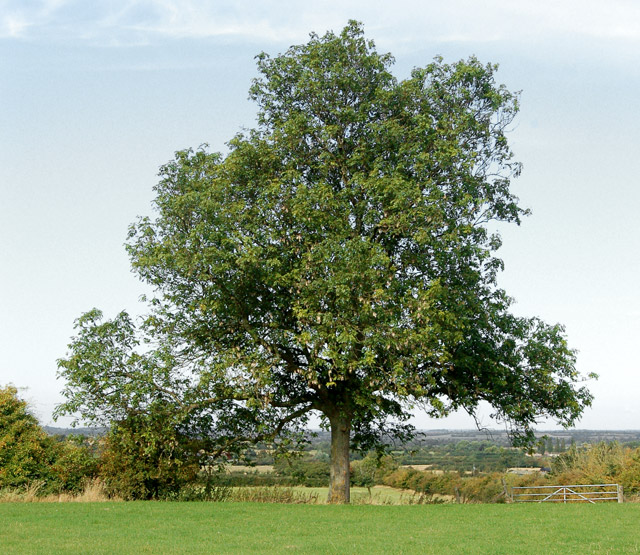Government Grants
Business Grants
Home Owner Programs
Federal Programs
About Us
National Estuarine Research Reserve System (NERRS) Land Acquisition and Construction Program for Fiscal Year 2025
The National Estuarine Research Reserve System (NERRS) consists of estuarine areas of the United States and its territories designated and managed for research and educational purposes (Reserve).
Each Reserve within the NERRS is chosen to represent a different bio-geographic region and to include a variety of ecosystem types in accordance with the classification scheme of the national program as specified in 15 C.F.R.
Part 92 1. By funding Reserve lead agencies and universities to conduct land acquisition and construction projects that support the NERRS mission, NOAA will strengthen protection of key land and water areas, enhance long-term protection of Reserve areas for research and education, and provide for facility and exhibit construction activities that meet the highest sustainable design standards possible.
Each Reserve supports a wide range of beneficial uses important to ecological, economic, recreational, and aesthetic values, which are dependent upon the maintenance of a healthy ecosystem.
The sites provide habitats for a wide range of ecologically and commercially important species of fish, shellfish, birds, and other aquatic and terrestrial wildlife.
Each Reserve was designated to ensure its effectiveness as a conservation unit and as a site for long-term research and monitoring.
In maintaining their effectiveness, the Reserves may find it necessary to expand their boundaries through strategically planned land acquisitions and/or to develop or enhance their reserve facilities, including their in-situ monitoring infrastructure, to meet the demands of research, monitoring, and education program objectives.
NOAA anticipates approximately $ 8. 5 million in Fiscal Year 2025 will be available to designated lead Reserve agencies or universities in coastal states.
NOAA anticipates funding between 5-20 construction, acquisition, and/or planning & design projects.
Project periods may be 12-36 months, and can be up to 60 months.
Final project selections are subject to availability of funds and negotiation with NOAA.
The NOAA Office for Coastal Management (OCM) encourages applicants and awardees to support the principles of diversity and inclusion when writing their proposals and performing their work.
Diversity is defined as a collection of individual attributes that together help organizations achieve objectives.
Inclusion is defined as a culture that connects each employee to the organization.
Promoting diversity and inclusion improves creativity, productivity, and the vitality of the climate research community in which OCM engages.
Each Reserve within the NERRS is chosen to represent a different bio-geographic region and to include a variety of ecosystem types in accordance with the classification scheme of the national program as specified in 15 C.F.R.
Part 92 1. By funding Reserve lead agencies and universities to conduct land acquisition and construction projects that support the NERRS mission, NOAA will strengthen protection of key land and water areas, enhance long-term protection of Reserve areas for research and education, and provide for facility and exhibit construction activities that meet the highest sustainable design standards possible.
Each Reserve supports a wide range of beneficial uses important to ecological, economic, recreational, and aesthetic values, which are dependent upon the maintenance of a healthy ecosystem.
The sites provide habitats for a wide range of ecologically and commercially important species of fish, shellfish, birds, and other aquatic and terrestrial wildlife.
Each Reserve was designated to ensure its effectiveness as a conservation unit and as a site for long-term research and monitoring.
In maintaining their effectiveness, the Reserves may find it necessary to expand their boundaries through strategically planned land acquisitions and/or to develop or enhance their reserve facilities, including their in-situ monitoring infrastructure, to meet the demands of research, monitoring, and education program objectives.
NOAA anticipates approximately $ 8. 5 million in Fiscal Year 2025 will be available to designated lead Reserve agencies or universities in coastal states.
NOAA anticipates funding between 5-20 construction, acquisition, and/or planning & design projects.
Project periods may be 12-36 months, and can be up to 60 months.
Final project selections are subject to availability of funds and negotiation with NOAA.
The NOAA Office for Coastal Management (OCM) encourages applicants and awardees to support the principles of diversity and inclusion when writing their proposals and performing their work.
Diversity is defined as a collection of individual attributes that together help organizations achieve objectives.
Inclusion is defined as a culture that connects each employee to the organization.
Promoting diversity and inclusion improves creativity, productivity, and the vitality of the climate research community in which OCM engages.
Relevant Nonprofit Program Categories
Obtain Full Opportunity Text:
https://grants.nih.gov/grants/guide/rfa-files/RFA-RM-24-008.html
Additional Information of Eligibility:
Eligible applicants are NERRS designated state agencies or universities designated to receive NERRS operations funding through a Memorandum of Understanding with NOAA in coastal states and territories including the Pacific, Gulf of Mexico, Caribbean, Atlantic Coast and Great Lakes.
Eligible applicants should meet requirements as stated in the NERRS regulations codified at 15 C.F.R.
921.32 which are available online at http://go.usa.gov/xkGEf.Federal agencies and employees are not allowed to receive funds under this announcement but may serve as collaborative project partners.
Federal agencies and employees’ ‘in-kind’ services cannot be considered as part of an applicant’s match on shared costs.
If federal agencies are collaborators, applicants are expected to provide detail on the planned level of federal engagement in the application.
Examples might include, but are not limited to partnership services; serving in a review capacity; or participating in priority task teams, working groups, or leadership teams.
Full Opportunity Web Address:
http://grants.nih.gov/grants/guide/rfa-files/RFA-RM-24-008.html
Contact:
Agency Email Description:
Work
Agency Email:
Date Posted:
2024-11-21
Application Due Date:
Archive Date:
2025-03-11
Social Entrepreneurship
Spotlight
Childcare Charitable Group Named Top Social Enterprise

Employers For Childcare Charitable Group (EFCG), a Lisburn-based charity, has been crowned top Social Enterprise at the Ulster Final of 2014’s Ulster Bank Business Achievers Awards. EFCG seeks to “make it easier for parents with dependent children to get into work and to stay in work.”

